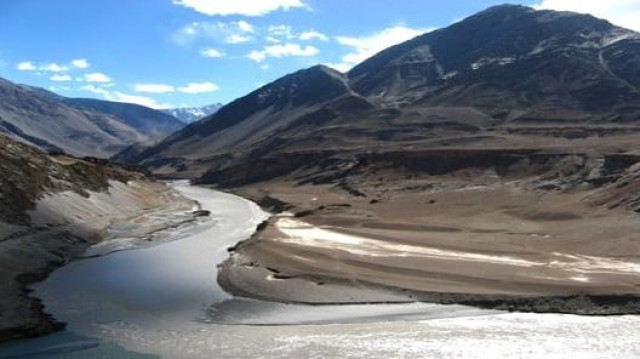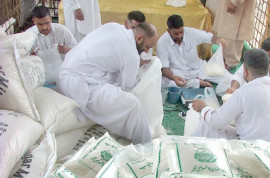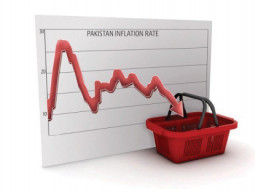
Adoption of modern water conservation methods and agricultural practices is imperative to cope with water scarcity as Pakistan has been placed in red zone due to low per capita water availability at 1,000 cubic metres.
These were the views of speakers who addressed a seminar titled “Remote sensing and hydrological modelling for irrigation water management”, organised by the Department of Irrigation and Drainage and Water Management Research Centre, University of Agriculture Faisalabad on Saturday.
University Vice Chancellor Dr Iqrar Ahmad said Pakistan was on the verge of water scarcity and should take extra measures to fight the challenge by creating awareness. In 2050, he said, the water situation would be alarming with per capita water availability at 550 cubic metres.
India has 1,600 cubic metres of water per person per year while major European countries have up to twice as much ranging from 2,300 cubic metres in Germany to 3,000 cubic metres in France. Ahmad said remote sensing could help get important data on crop production and irrigation needs.
Published in The Express Tribune, March 11th, 2012.

















COMMENTS
Comments are moderated and generally will be posted if they are on-topic and not abusive.
For more information, please see our Comments FAQ